Mathematics
Maths Vision
Teachers and Teaching Assistants are constantly working with the children to extend their skills and help them to enjoy maths in a fun and practical way that will support them to become good mathematicians. Relating topics to the real world will help prepare children for later life and apply the essential maths skills that they need.
As a school we are striving to get rid of the fear factor and negative ‘stigma’ that comes with the subject. We want to create a positive mind set for all children, where there is an emphasis on praising effort, as well as talent. As parents you can help by sharing positive experiences with your children (as many or as little)! As a result, we will hopefully obtain plenty of confident, keen mathematicians who understand that it’s ok to get things wrong!
Mr Walker has created a new calculation policy for all 4 operations centred around concrete, pictorial and abstract learning. Children will make and draw their methods before going straight to the abstract formulaic approach. This CPA method allows the children to see the maths before solving problems.
We also teach our sequences of learning around the fluency, reasoning and problem solving approach. Children need to become fluent in that particular strand of maths before reasoning and solving problems. This supports a Mastery approach where children solve problems in lots of different contexts.
Learning
Maths Key Stage 1
Number Sense
Knowing addition and subtraction facts within 20 is a vital life skill that children need to know, but also understand.
To begin with, children should experiment with each number individually and make it in as many different ways as possible. Doing this practically is a great way for children to make links with the numbers.
E.g. 6 = 1 + 5, 6 = 2 + 4, 6 = 3 + 3
Children should then use as many numbers as possible to make amounts. Eg. 3+1+2 = 6
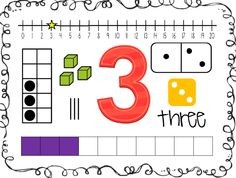
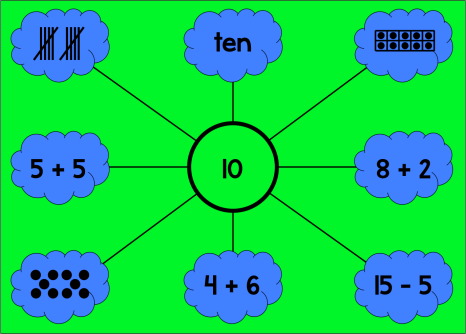
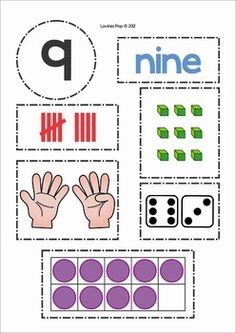
10 Frame
Plenty of research from the around the world has shown that using a 10 frame significantly helps with children’s understanding of numbers within 20. It is a visual representation of the number sentence and really gives a purpose to number bonds and bridging through 10.
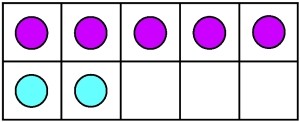 6 + 2 = 8 2 + 6 = 8 8 - 2 = 6 8 - 6 = 2
6 + 2 = 8 2 + 6 = 8 8 - 2 = 6 8 - 6 = 2
This next example shows bridging through 10. The children should use their number bonds to 10 knowledge to get to 10 and then add the difference.
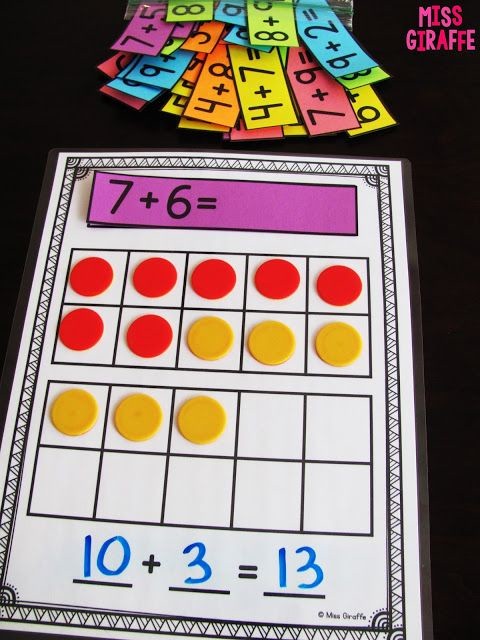
E.g. 7 + 6 = 13
(7 + 3 = 10, then add 3 left from 6)
Number Lines
Once the children have a secure knowledge of numbers, they can begin to add and subtract greater amounts. Using a number line is affective, visual method which enables children to add or subtract accurately.
Addition
Simple jumps:
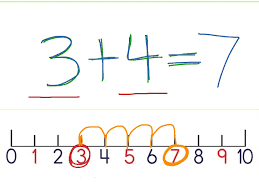
Next steps: move onto a blank number line
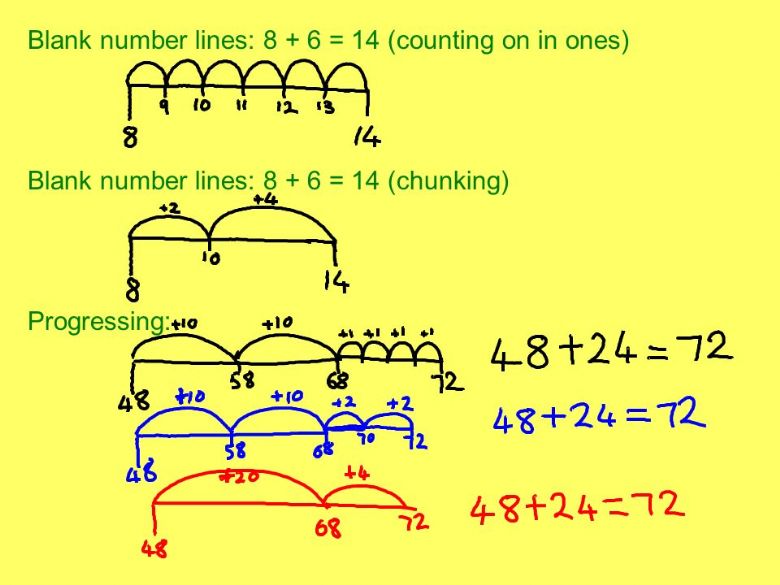
Maths Key Stage 2
Partitioning: 44 + 23
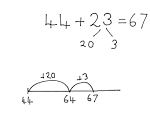
Subtraction
Single jumps:
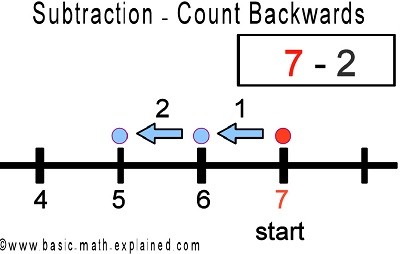
Partitioning - counting on and then finding the difference between two numbers:
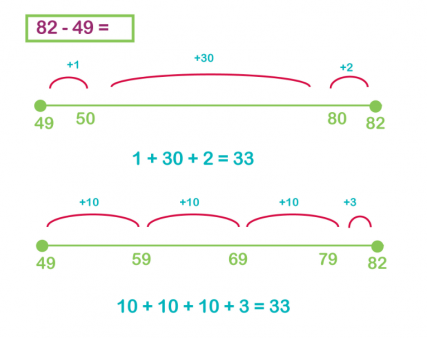
Resources:
Attached to the bottom of this page are some resources that you can download and use with your children.
- ‘Strike it Out’ game will help with children’s mental addition and subtraction skills. You choose 2 numbers to add or subtract together and work out the answer and circle it. The next player has to start on that number, add or subtract another number that hasn’t been used and again circle the answer. You cannot use a number that has been crossed out. The winner is the person who was last to make a number sentence and an answer.
- Number line will help secure the children’s understanding of adding and subtracting using simple jumps as shown above.
- Ten Frame can also be used to ensure that your child has a secure understanding of basic addition and subtraction and apply their number bonds to 10 knowledge.
Useful Websites:
www.topmarks.co.uk – hit the button
www.topmarks.co.uk – speed challenge
